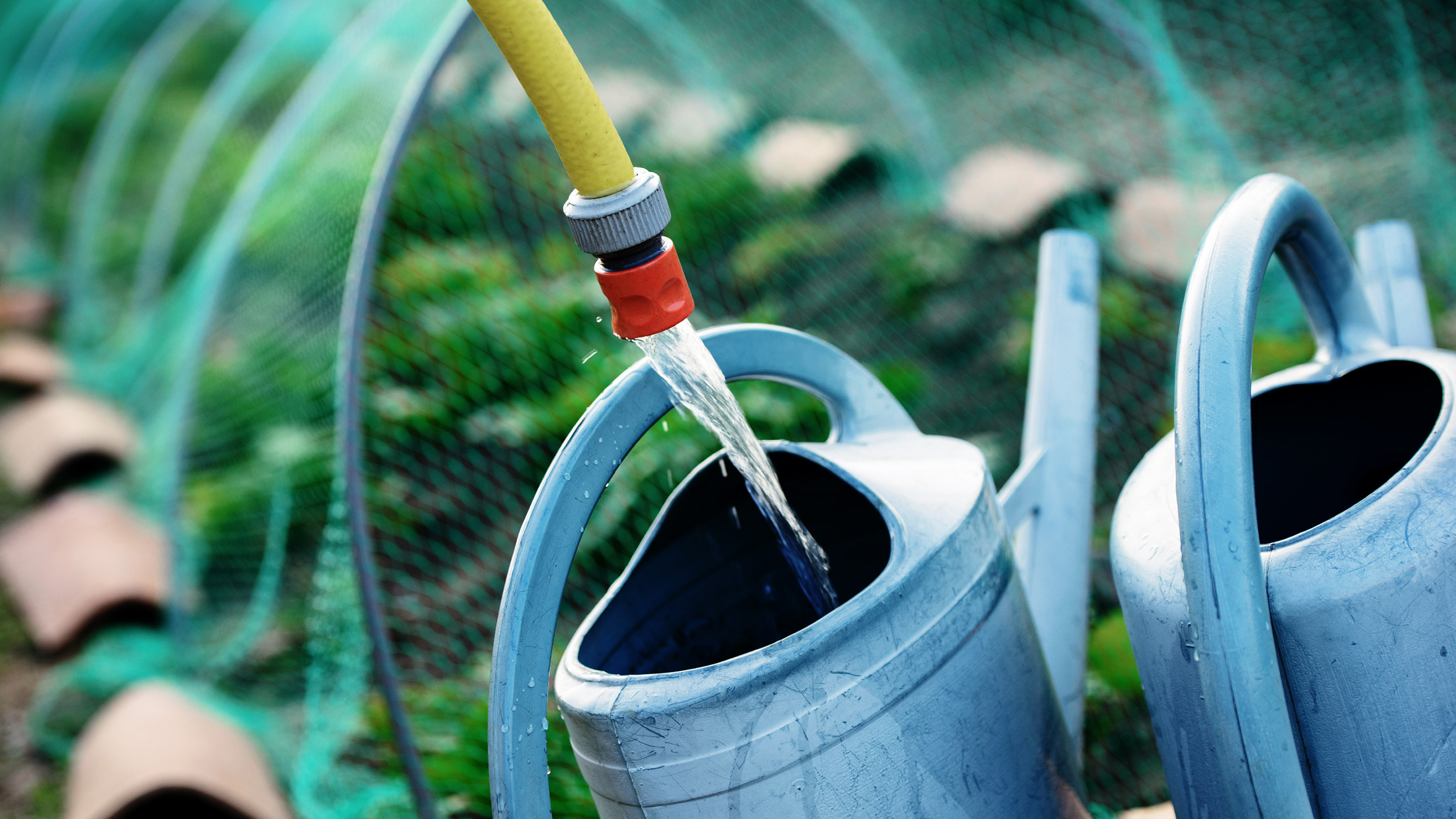Send your question to Umbra!
Time-traveling editor’s note: Hey you! It’s 2016 now and Umbra has revisited this topic. Please check out her updated information on the question of hoses and toxicity.
Q. I have heard that there is triclosan in new garden hoses. My old hose is spouting leaks everywhere now, but I cannot find any references as to where I can find a chemical-free garden hose. I grow lots of veggies and don’t want our family to be eating toxins. Any idea where I can source one?
Jacqueline
Adelaide, Australia
A. Dearest Jacqueline,
The ubiquity of chemicals in our daily lives is rather dispiriting, isn’t it? Here you are engaged in the very healthy, sustainable practice of growing fresh veggies for your family, only to learn your innocent-looking garden hose may be showering tonight’s salad with toxins? Good grief.
Triclosan, as astute readers will recall, is an antibacterial chemical found in everything from hand soap to toothpaste to pillowcases. The stuff has been linked to endocrine disruption and liver toxicity, and our own FDA issued a call last December requiring soap makers to prove triclosan is safe and effective – or remove it from their products. (They have a year to provide the data.)
I wasn’t able to find data proving triclosan leaches out of hoses, but we know the chemical builds up in the environment, and studies have shown some plants take it up from the soil through their roots. So I don’t blame your squeamishness about using a triclosan-laced hose on your string beans. The short answer here is not to purchase a hose labeled as antibacterial. I know, for example, that you can find triclosan in some garden hoses under the brand name Microban.
But while we’re talking chemicals and garden hoses, Jacqueline, I’m afraid it gets worse. A recent study by the nonprofit Ecology Center detected lead, BPA, and phthalates in water that had been left sitting in a hose for several days. The lead comes from brass hose fittings, the other nasties from the polyvinyl chloride (PVC) used to form the hose. (That blasted vinyl rears its ugly head yet again!) Lead, of course, we want nowhere near us or especially our kids because of the serious physical and cognitive problems it causes. BPA and phthalates, for their part, contribute more endocrine disruption and suspected damage to the kidneys and liver.
Now that I’ve likely completely skeeved you out about your garden hose, I can point you to a better solution: rubber hoses. They’re heavier than their vinyl counterparts, but quite durable and don’t require weird plasticizers and other additives. Here in the States, these can be found from several brands, including Goodyear, Craftsman, Ace, and Swan. Many are available online, and some appear shippable to Australia. Given the transportation costs, though, I’d encourage you to first check with your local hardware and garden shops to see if they carry — or can order — a rubber option. (I also had some luck searching Australian eBay.)
Another note, Jacqueline, before you whip out your wallet: A “drinking water safe” hose (often marketed for RVs and boats) is probably lead-free, but it could still be made of PVC and might still contain triclosan, your primary concern.
No matter what hose you’re using, it’s a great idea to follow these tips from the Ecology Center: Let the water run for a few seconds when you first turn it on to flush out old water. Store it in the shade, as baking in the hot sun encourages leaching of chemicals. And while I know nothing invokes carefree summer fun quite like a gulp straight from the hose, please, don’t drink the hose water. With chemicals on one hand and bacteria or mildew on the other, you’re better off with another classic summer indulgence: the neighbor kid’s lemonade stand.
Splashily,
Umbra



